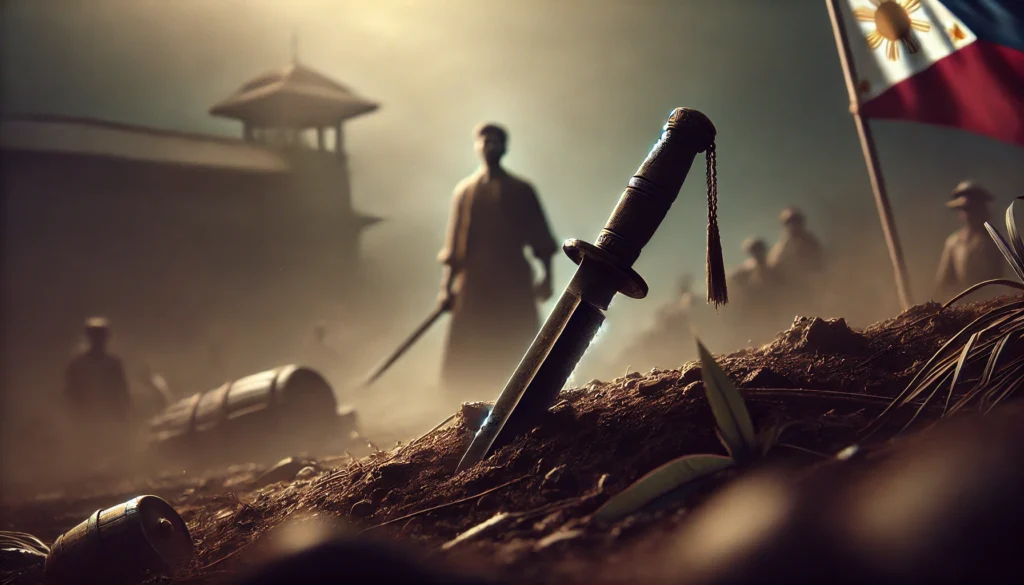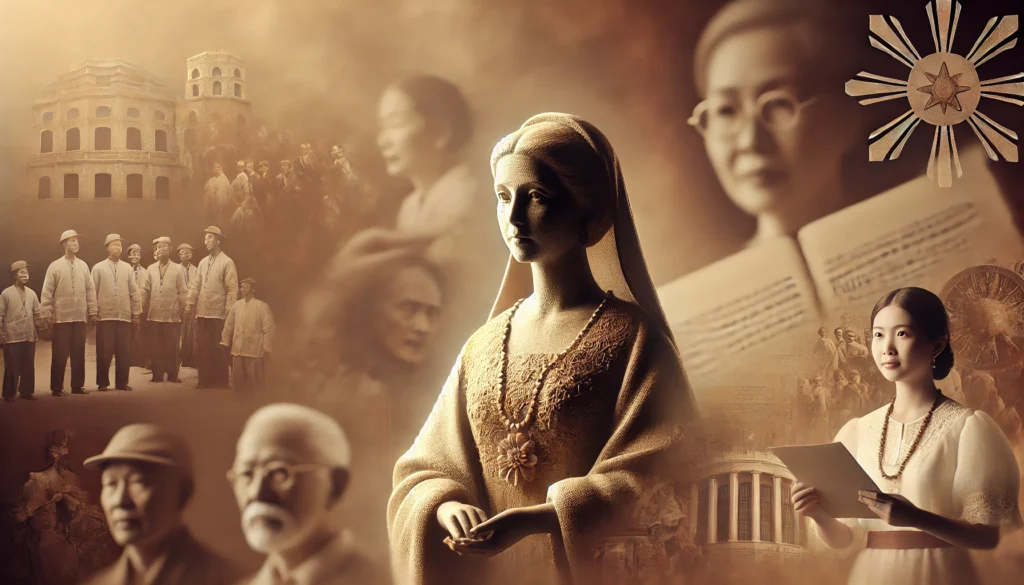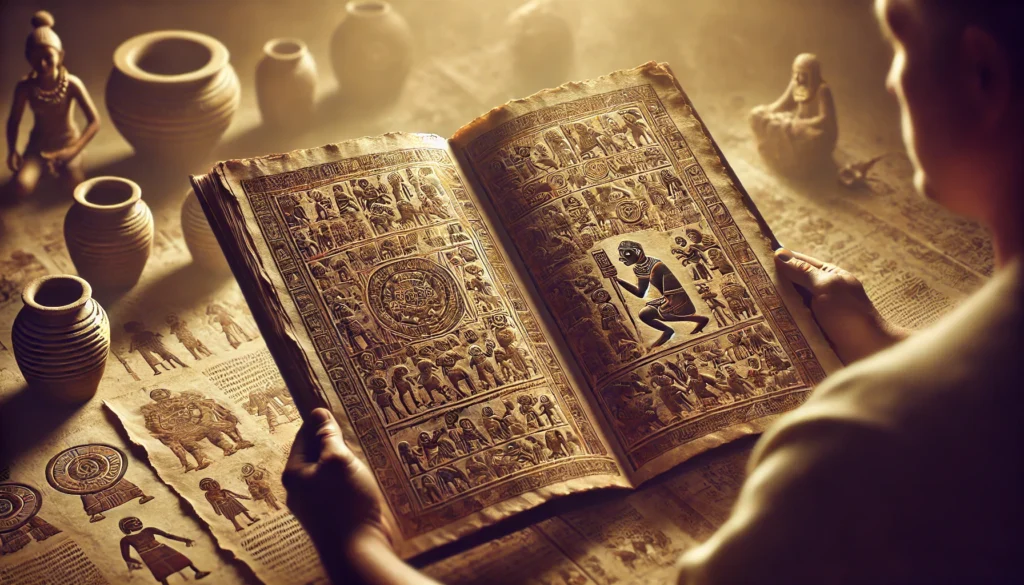The history of the Philippines is marked by a long and tumultuous struggle against foreign domination. From the Spanish colonial period to the American occupation, the Filipino people have consistently shown their indomitable spirit through numerous revolts and rebellions. These acts of resistance not only shaped the nation’s identity but also paved the way for the eventual independence of the Philippines.
Spanish Colonial Era (1565-1898)
Early Rebellions
The arrival of Spanish colonizers in 1565 marked the beginning of a long period of foreign rule in the Philippines. As the Spanish sought to establish control over the archipelago, they faced significant resistance from various indigenous groups.
- Magat Salamat Revolt (1587-1588)
- Tuguegarao Revolt (1591)
- Cagayan Valley Revolt (1596)
These early rebellions were primarily localized and aimed at resisting Spanish attempts to impose tributes and forced labor on the native population.
Religious-Based Uprisings
As Spanish missionaries spread Catholicism throughout the islands, some revolts took on a religious character, blending indigenous beliefs with Catholic elements.
- Tamblot Uprising (1621-1622)
- Bankaw Revolt (1621-1622)
- Sumuroy Revolt (1649-1650)
These rebellions often featured charismatic leaders who claimed divine inspiration or supernatural powers, appealing to both traditional beliefs and newly introduced Christian concepts.
Major Revolts of the 18th and 19th Centuries
The 18th and 19th centuries saw larger, more organized rebellions that posed significant challenges to Spanish rule.
- Dagohoy Rebellion (1744-1829)
- Silang Revolt (1762-1763)
- Palaris Revolt (1762-1764)
The Dagohoy Rebellion, lasting for 85 years, stands out as the longest revolt in Philippine history. It demonstrated the enduring resistance of Filipinos against colonial oppression.
Table 1: Major Revolts During Spanish Colonial Era
| Revolt Name | Year | Location | Key Leader(s) |
|---|---|---|---|
| Dagohoy Rebellion | 1744-1829 | Bohol | Francisco Dagohoy |
| Silang Revolt | 1762-1763 | Ilocos | Diego and Gabriela Silang |
| Palaris Revolt | 1762-1764 | Pangasinan | Juan de la Cruz Palaris |
| Basi Revolt | 1807 | Ilocos | Pedro Mateo |
| Novales Mutiny | 1823 | Manila | Andrés Novales |
The Propaganda Movement and the Philippine Revolution
The Birth of Filipino Nationalism
The late 19th century saw the rise of a new generation of educated Filipinos who began to articulate a distinct national identity and push for reforms within the Spanish colonial system.
- José Rizal
- Marcelo H. del Pilar
- Graciano López Jaena
These ilustrados (enlightened ones) used their writings and organizational skills to expose the abuses of Spanish colonial rule and advocate for equal rights for Filipinos.
The Katipunan and the Philippine Revolution
The failure of peaceful reform efforts led to the formation of the Katipunan, a secret revolutionary society founded by Andrés Bonifacio in 1892.
- Cry of Pugad Lawin (1896)
- Battle of Binakayan (1896)
- Tejeros Convention (1897)
The Philippine Revolution of 1896 marked the culmination of centuries of resistance against Spanish rule. Despite internal conflicts and the execution of key leaders like José Rizal, the revolution continued until the Spanish-American War in 1898.
American Colonial Period (1898-1946)
Philippine-American War
The defeat of Spain in the Spanish-American War led to the transfer of the Philippines to American control, sparking a new phase of resistance.
- Battle of Manila (1899)
- Balangiga Massacre (1901)
- Capture of Aguinaldo (1901)
The Philippine-American War, often referred to as the Philippine Insurrection by American sources, was a brutal conflict that resulted in significant casualties on both sides.
Continued Resistance Under American Rule
Even after the official end of the Philippine-American War in 1902, various groups continued to resist American colonial authority.
- Pulahan Revolt (1902-1907)
- Colorum Uprising (1924-1931)
- Sakdal Uprising (1935)
These movements often blended political, religious, and agrarian grievances, reflecting the complex nature of Filipino resistance during this period.
Table 2: Major Resistance Movements During American Colonial Period
| Movement | Year | Location | Key Features |
|---|---|---|---|
| Philippine-American War | 1899-1902 | Nationwide | Conventional and guerrilla warfare |
| Pulahan Revolt | 1902-1907 | Samar, Leyte | Religious and anti-colonial elements |
| Colorum Uprising | 1924-1931 | Various regions | Syncretic religious movement |
| Sakdal Uprising | 1935 | Central Luzon | Advocated immediate independence |
Impact and Legacy of Filipino Resistance
Shaping National Identity
The long history of revolts and rebellions played a crucial role in forging a distinct Filipino national identity. The struggles against colonial powers united diverse ethnic and linguistic groups under a common cause.
- Development of national heroes
- Emergence of shared symbols and narratives
- Formation of a collective historical consciousness
These elements continue to influence Filipino culture and politics to this day.
Political and Social Reforms
While many rebellions were ultimately suppressed, they often led to important reforms and concessions from colonial authorities.
- Abolition of tobacco monopoly (1882)
- Representation in the Spanish Cortes (1810-1898)
- Gradual expansion of educational opportunities
These changes, though often limited, laid the groundwork for future political and social developments in the Philippines.
International Recognition
Filipino resistance movements gained international attention, particularly during the Philippine Revolution and the Philippine-American War.
- Diplomatic efforts of the First Philippine Republic
- Coverage in international press
- Influence on anti-imperialist movements in the United States
This international dimension added pressure on colonial powers and contributed to the eventual recognition of Philippine independence.
Historiographical Debates and Contemporary Relevance
Reexamining Colonial Narratives
Modern Filipino historians have been actively reexamining colonial-era accounts of revolts and rebellions, seeking to provide more nuanced and Filipino-centric perspectives.
- Challenging Eurocentric interpretations
- Highlighting the agency of Filipino historical actors
- Exploring previously marginalized voices and experiences
This ongoing process of historical revision contributes to a more comprehensive understanding of the Filipino resistance movement.
Relevance to Modern Filipino Society
The legacy of resistance continues to resonate in contemporary Philippine society, influencing various aspects of national life.
- Inspiration for social movements and political activism
- Shaping of educational curricula and national commemorations
- Influence on arts, literature, and popular culture
Understanding this history of resistance provides valuable context for analyzing current social and political issues in the Philippines.
Conclusion: The Enduring Spirit of Filipino Resistance
The long and varied history of Filipino resistance to colonial rule stands as a testament to the resilience and determination of the Filipino people. From localized uprisings to nationwide revolutions, these movements shaped the course of Philippine history and contributed significantly to the formation of the modern Filipino nation.
As we continue to grapple with the legacies of colonialism and navigate the challenges of the 21st century, the stories of these revolts and rebellions serve as powerful reminders of the Filipino capacity for collective action and the ongoing struggle for genuine independence and social justice.
Disclaimer: This blog post aims to provide an accurate and comprehensive overview of Filipino resistance to colonial rule based on available historical sources up to 2023. However, historical interpretations may vary, and new research can shed light on previously unknown aspects of this complex topic. Readers are encouraged to report any inaccuracies or provide additional information for prompt review and correction. The field of Philippine history is dynamic, and this content may be subject to updates as new scholarly insights emerge.




